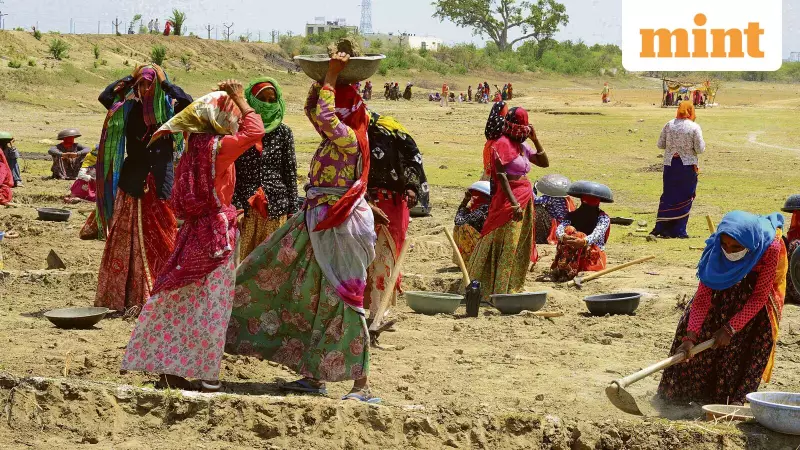
In a landmark move for its economy, India has formally ushered in a new era of labour governance. On November 21, 2025, the nation implemented four consolidated Labour Codes, a historic step that overhauls a complex web of 29 central laws that had been built up over seventy years.
What Are The Four Labour Codes?
This reform culminates a process that began in 2015. The four codes are: the Code on Wages (2019), the Industrial Relations Code (2020), the Code on Social Security (2020), and the Occupational Safety, Health and Working Conditions Code (2020). The government hails this as a massive simplification aimed at reducing compliance for businesses, widening social safety nets, and making the labour market more dynamic. However, the real test begins now, as individual states must draft their own rules to fully implement the framework.
Key Changes for Employers and Workers
The new regime seeks to balance often competing interests. For employers, it promises ease of doing business through single-window compliance, higher thresholds for factory closures, and the flexibility of fixed-term employment.
For the vast workforce, the codes introduce groundbreaking protections. Every worker must now receive a formal appointment letter, ending the era of informal oral contracts. Social security is dramatically expanded to cover gig and platform workers, with aggregators required to contribute 1-2% of their turnover to welfare funds.
Other significant changes include allowing women to work night shifts in all sectors with safety assurances, mandatory free health check-ups for workers over 40, and granting fixed-term employees gratuity benefits after just one year of service instead of five.
The Road Ahead: Job Creation and Challenges
While the legislative framework is a monumental achievement, experts like Ajit Ranade caution that laws alone cannot create jobs. True labour market dynamism requires a host of other enablers to fall into place.
Job creation in India depends on resolving a skills mismatch, building robust infrastructure, and ensuring policy predictability. The new codes can reduce transaction costs, but they cannot generate demand for labour on their own. A successful employment renaissance will require parallel investments in education, skilling, and export competitiveness.
The reform also faces criticism from trade unions, including the BJP-affiliated Bharatiya Mazdoor Sangh (BMS). While welcoming codification, they point to unimplemented promises and a lack of sufficient dialogue. Key concerns include the need for a higher, inflation-indexed statutory minimum wage and fears that collective bargaining power could be weakened.
The ultimate test of these labour codes will be whether they can foster a labour market that is both dynamic for businesses and humane for workers. If implemented effectively—with strong enforcement, regular wage revisions, and genuine social partnership—this reform could be the cornerstone of India's future inclusive growth.





